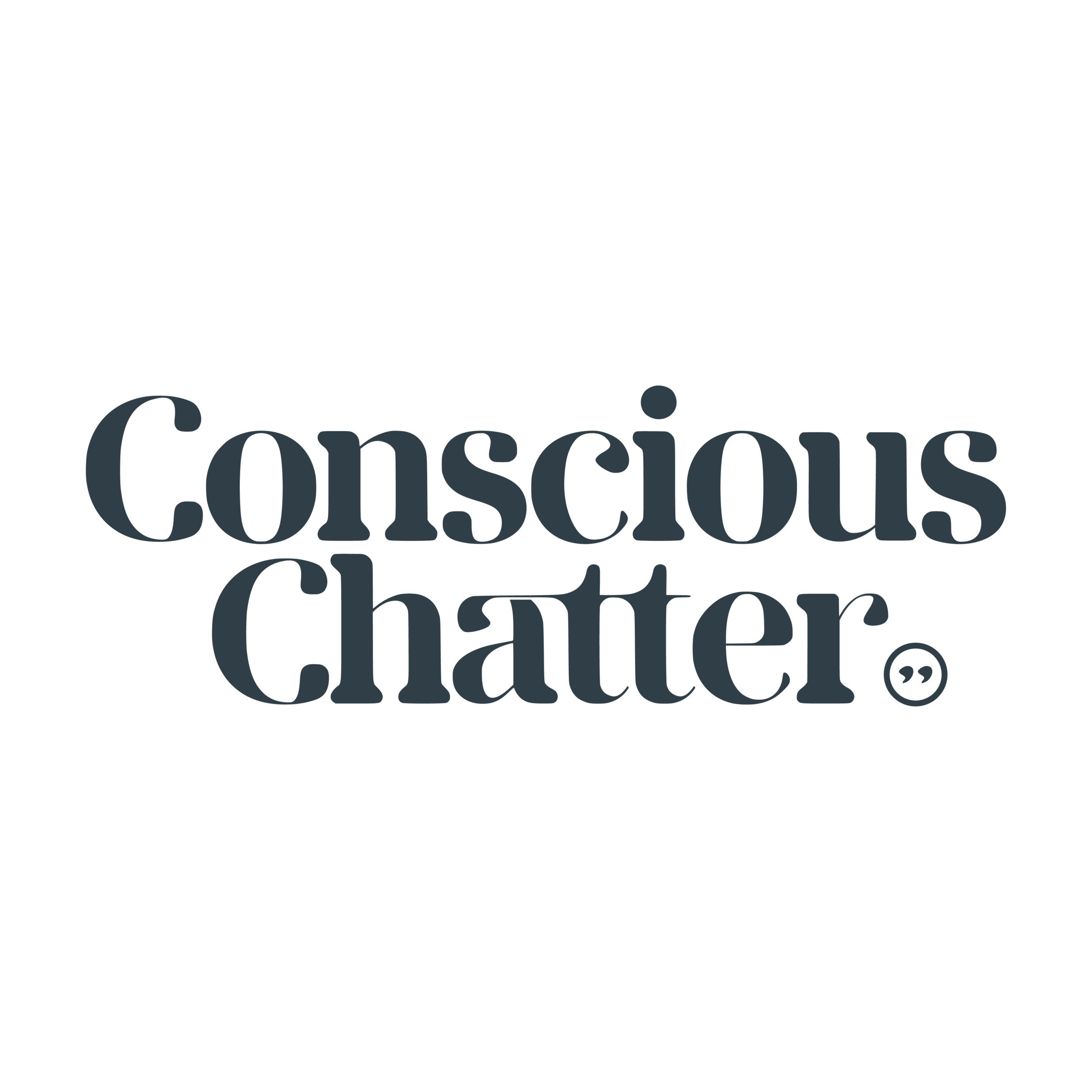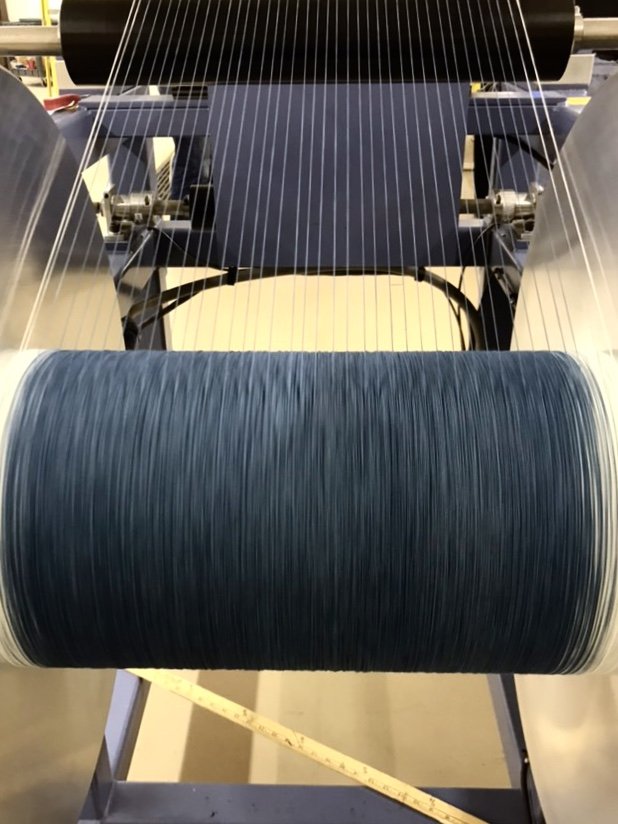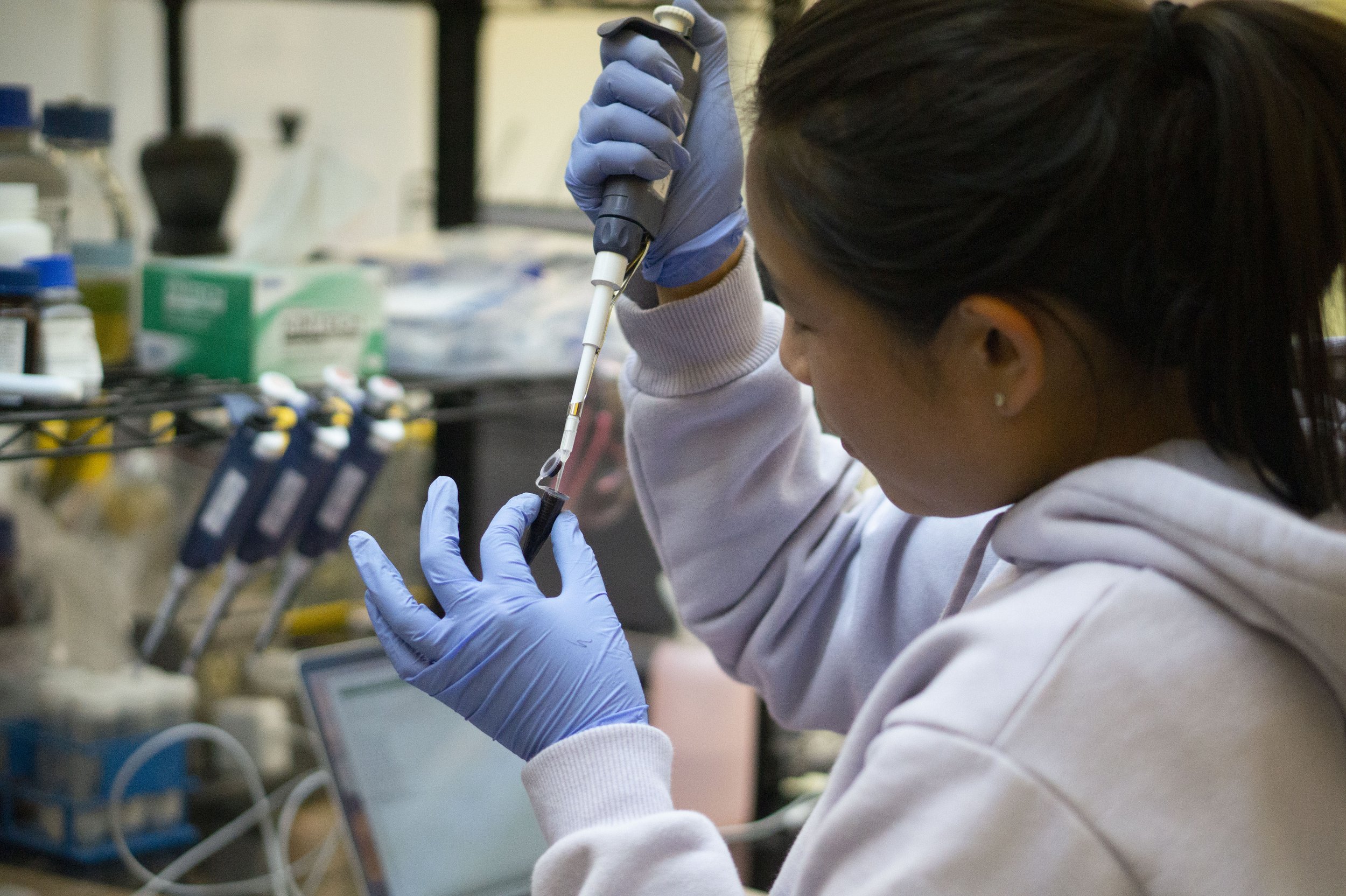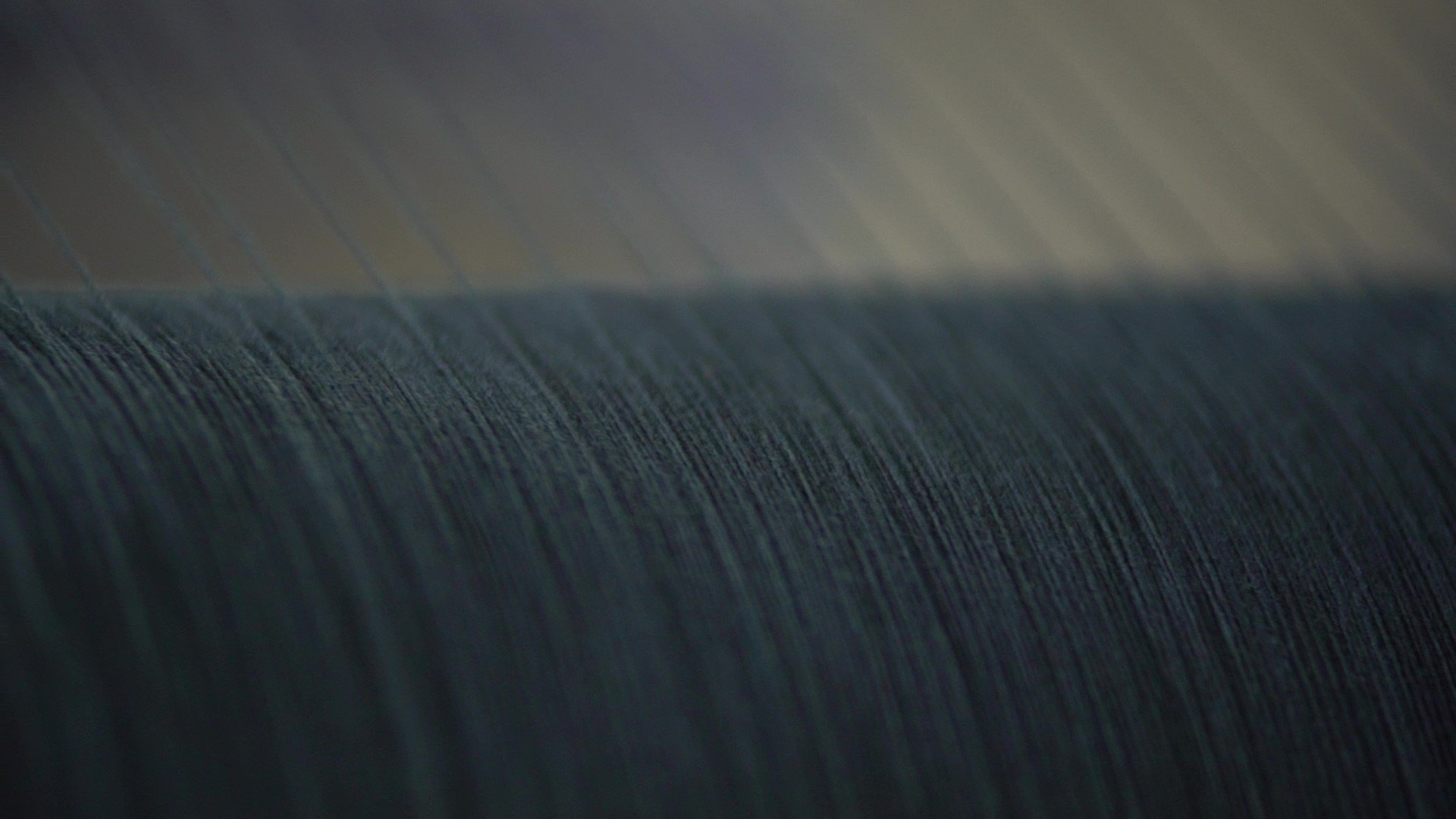What are biosynthetic dyes & could they replace the toxic petroleum-heavy ingredients in today's predominant indigo garment dye?
In episode 274, Kestrel welcomes Michelle Zhu, the CEO & cofounder of Huue, to the show. In an effort to replace toxic chemical dyes in apparel, Huue are developing biosynthetic dyes — their initial focus is to provide an alternative to synthetic indigo.
“We are creating a biosynthetic solution that is a one-to-one drop-in replacement into the textile supply chain. We’re creating these bio-identicals that can minimize the footprint of production of these dyes and pigments, but without disrupting the supply chain process that is required to make the authentic look and feel of denim that everybody knows and loves.”
-Michelle Zhu
Are you familiar with biosynthetics? If so, do you understand what they are or how they operate? So often terms like this get thrown around in the *sustainability* space, without a lot of context or definitions. They are assumed to fall into the good box or the bad box, when yet again – there is a lot more information needed to understand the bigger picture.
So, here’s the super basics – biosynthetics are made of renewable materials, instead of being petroleum based. We often hear about them from a fiber stance, so fabrics made up of biopolymers from corn or sugar or other ingredients. But on this week’s show, we’re diving into more on how biosynthetics are being used for textile dyeing.
Today, the majority of our clothes are colored with synthetic dyes. If we look back, the first synthetic dye was accidentally discovered in the 1850s when an 18-year old chemist was searching for a treatment for malaria. And since then, they’ve gradually taken over due to their speed and efficacy.
But take indigo – the color that we align with denim. Today, every kilogram of synthetic indigo produced uses 75x the amount of petroleum. And it involves the use of dangerous chemicals like benzene, formaldehyde, and sodamide.
This week’s guest cofounded a company that’s leveraging biosynthetics to address the extreme toxicity across the textile dye industry. They’ve started with indigo blue, and are building one-to-one solutions that can be inserted directly into the current manufacturing infrastructure.
Quotes & links from the conversation:
“This Melinda Gates-backed biotech startup is growing bacteria that make sustainable dye for denim”, article in Fast Company
“How These Founders Are Detoxifying the Denim Industry--and Saving the Planet”, article in Inc.
“Using synthetic biology platforms to clean up indigo dye-making”, article in Axios
“Best Inventions of 2021 - Huue: Blue Jeans Go Green”, article in TIME








